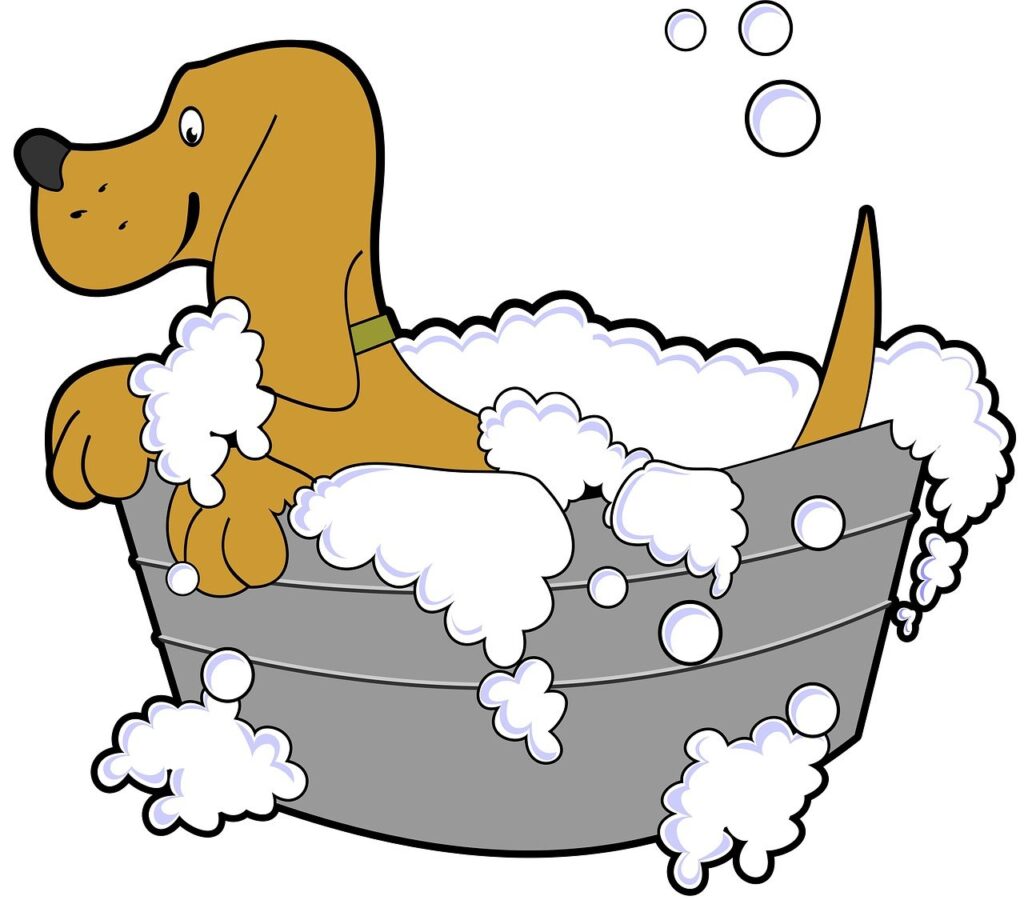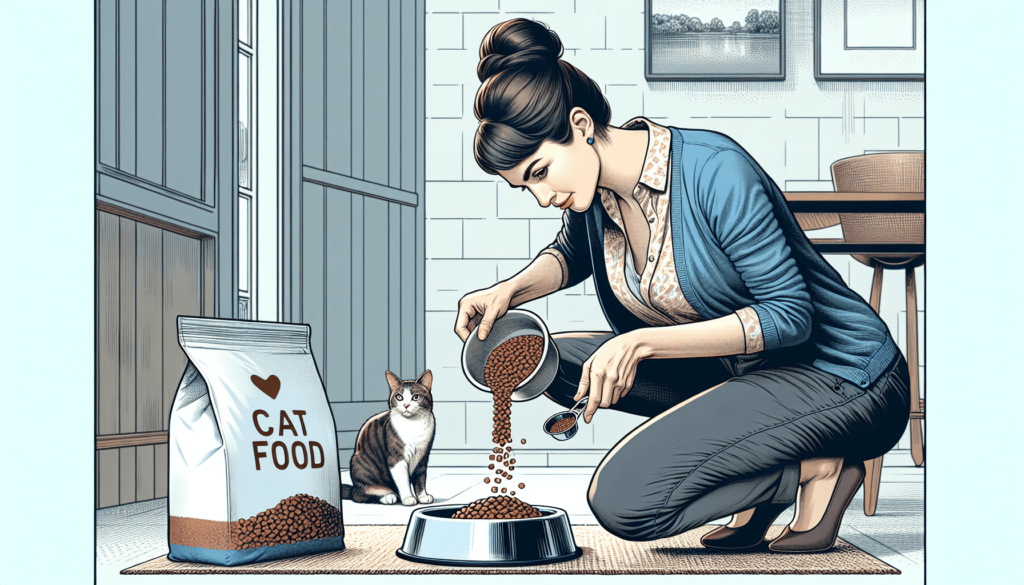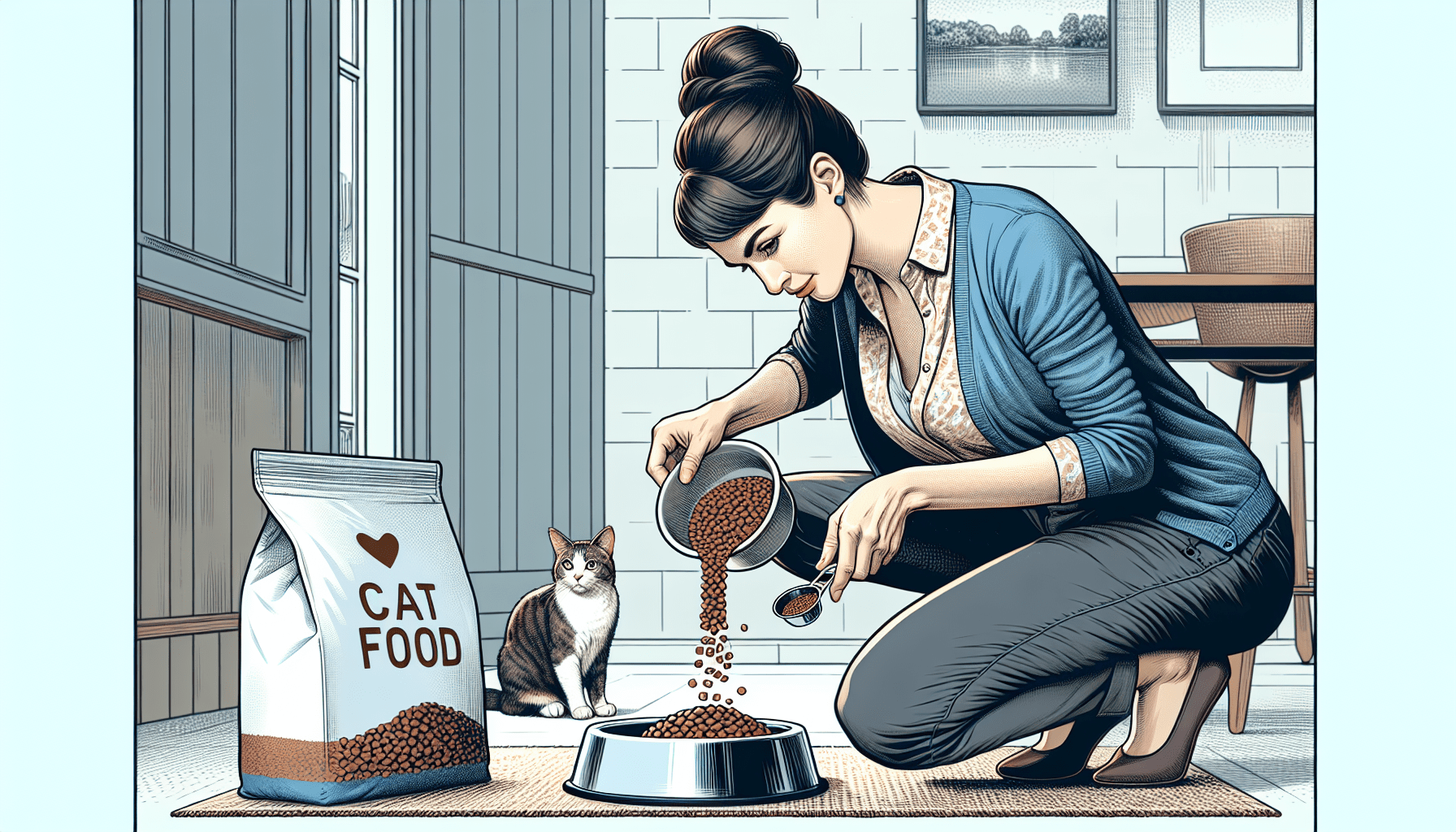Feeding your feline friend the right amount of food is key to keeping them healthy and happy. But with so many cat food options available, determining how much to feed a cat can often feel like a challenge. In this article, we will guide you through the factors to consider when figuring out your cat’s dietary needs and provide helpful tips to ensure that you are providing the perfect portion size for your furry companion. From understanding your cat’s age, weight, and activity level to deciphering feeding guidelines on cat food labels, we’ve got you covered. Get ready to become a cat feeding expert!
Understanding Cat Nutrition
Cats are unique animals with specific nutritional needs that differ from other animals. Providing your furry friend with a balanced diet is essential for their overall health and well-being. Understanding cat nutrition is the first step in ensuring that you are meeting your cat’s dietary requirements.
The importance of balanced cat nutrition
Balanced nutrition is crucial for cats because it helps support their growth, development, and overall health. A well-balanced diet provides all the necessary nutrients, vitamins, and minerals that cats need to thrive. Without proper nutrition, cats may suffer from various health issues, including malnutrition, obesity, and even organ failure.
Key nutrients in a cat’s diet
Several key nutrients are essential for a cat’s diet. These include protein, fats, carbohydrates, vitamins, and minerals. Protein is especially important for cats as it helps build and repair tissues, supports the immune system, and provides energy. Fats are a concentrated source of energy, while carbohydrates supply the necessary fiber for healthy digestion. Cats also require specific vitamins and minerals, such as vitamin A, vitamin D, calcium, and taurine, to maintain optimal health.
The role of water in a cat’s diet
Water is an often overlooked but essential nutrient in a cat’s diet. Cats have a low thirst drive, so they may not drink enough water on their own. Lack of proper hydration can lead to urinary tract issues and other health problems. It is important to provide fresh and clean water at all times or consider feeding wet cat food, which has a higher moisture content and helps ensure adequate hydration.
The Types of Cat Food
When it comes to choosing cat food, there are several options available. Each type has its own advantages and considerations, so it’s important to select the one that best suits your cat’s needs.
Wet cat food
Wet cat food, also known as canned cat food, contains a high moisture content and is typically rich in protein. It is an excellent choice for cats that require additional hydration or those with dental issues. Wet cat food is highly palatable and often favored by picky eaters. However, it can be more expensive than other types of cat food and may have a shorter shelf life once opened.
Dry cat food
Dry cat food, also known as kibble, is a popular and convenient option for many cat owners. It has a longer shelf life and is generally more affordable than wet cat food. Dry cat food is also beneficial for dental health, as the crunchy texture helps reduce tartar buildup. However, it may not provide as much moisture as wet cat food and can be less appealing to cats with dental issues or those who are picky eaters.
Semi-moist cat food
Semi-moist cat food is a middle ground between wet and dry cat food. It has a higher moisture content than dry cat food but is not as moist as canned cat food. It is often flavored and shaped into fun shapes, making it appealing to cats. However, semi-moist cat food typically contains more artificial flavors and preservatives and may not be as nutritionally balanced as other options.
Homemade cat food
Some cat owners prefer to prepare homemade cat food to have more control over the ingredients and quality. Homemade cat food can be beneficial, but it requires careful planning and proper knowledge of feline nutritional needs. It is essential to consult with a veterinarian or veterinary nutritionist to ensure that the homemade diet meets all of your cat’s nutritional requirements.
Traditional vs grain-free cat food
There is ongoing debate about whether cats require grain-free diets. While some cats may have specific dietary needs, the majority of cats can digest grains without any issues. Grain-free cat foods often use alternative carbohydrate sources, such as potatoes or peas, but these can still be high in carbohydrates. It is important to choose a cat food that is nutritionally balanced, regardless of whether it contains grains or not.

Factors Influencing How Much to Feed a Cat
Determining the appropriate amount of food to feed your cat can be challenging. Several factors come into play when determining the correct portion size for your furry friend.
Age of the cat
The age of your cat plays a significant role in determining how much food they should eat. Kittens require more calories for growth and development, while adult cats have different energy needs, and senior cats may require fewer calories due to decreased activity levels.
The cat’s weight
The weight of your cat is another crucial factor to consider when determining the appropriate portion size. Overweight and obese cats may need to be fed smaller portions to aid in weight loss, while underweight cats may require more calories for healthy weight gain.
Health condition of the cat
Certain health conditions, such as diabetes or thyroid issues, may require dietary modifications. Consult with your veterinarian for specific recommendations tailored to your cat’s health needs.
The lifestyle and activity level of the cat
Active and energetic cats may require more calories to fuel their daily activities, while sedentary cats may need fewer calories. Consider your cat’s lifestyle, including their playtime and exercise habits, when determining the appropriate portion size.
Spayed or neutered status
Spayed or neutered cats often have lower energy requirements than intact cats. The metabolic rate can decrease by up to 30% after spaying or neutering, so adjusting the portion size accordingly is essential to prevent weight gain.
Quantity Guidelines for Cat Food
Understanding cat food labels and recommended daily caloric intake for cats can help you ensure that your furry friend receives the right amount of food for their needs.
Reading and understanding cat food labels
Cat food labels provide important information about the ingredients, nutritional content, and feeding guidelines. Look for labels that display the words “complete and balanced” to ensure that the food meets the minimum nutritional requirements set by regulatory bodies.
Recommended daily caloric intake for cats
The recommended daily caloric intake for cats depends on various factors, including their age, weight, and activity level. It is important to refer to the feeding guidelines on the cat food packaging as a starting point. However, these guidelines should be adjusted based on your cat’s individual needs and in consultation with your veterinarian.

Feeding Kittens
Kittens have unique nutritional needs due to their rapid growth and development. Ensuring that they receive the adequate nutrients is crucial for their overall health and well-being.
Understanding kitten nutritional needs
Kittens require a diet that is high in calories, protein, and essential nutrients to support their growth. The food should be nutritionally balanced and formulated specifically for kittens.
Determining how much to feed a kitten
The amount of food to feed a kitten depends on their age, weight, and activity level. Most commercially available kitten food labels provide guidelines regarding portion sizes based on the kitten’s age and weight. It is important to monitor your kitten’s body condition and adjust the portion size accordingly to prevent overfeeding or underfeeding.
Frequency of kitten feeding
Kittens should be fed more frequently than adult cats due to their small stomach capacity and high energy needs. A feeding schedule of three to four small meals per day is recommended until they reach about six months of age. Afterward, they can transition to a more typical feeding schedule of twice a day.
Feeding Adult Cats
Once your kitten reaches adulthood, their nutritional needs change. Understanding these needs will help you provide the appropriate amount and type of food for your adult cat.
Understanding adult cat nutritional needs
Adult cats have different energy requirements compared to kittens. They require a diet that is nutritionally balanced and appropriate for their age and activity level. Adult cat food contains the necessary nutrients to support their overall health and well-being.
Determining how much to feed an adult cat
The amount of food to feed an adult cat depends on various factors, including their weight, activity level, and overall health. Following the feeding guidelines on the cat food packaging is a good starting point. However, it is important to monitor your cat’s body condition and adjust the portion size as needed to prevent weight gain or loss.
Frequency of adult cat feeding
Adult cats typically do well with two meals per day, evenly spaced apart. This feeding schedule helps prevent obesity and provides them with the necessary energy throughout the day. However, some cats may prefer smaller, more frequent meals. Observe your cat’s behavior and adjust the feeding schedule accordingly.

Feeding Senior Cats
As cats age, their nutritional needs change once again. Providing a diet tailored to their specific needs is essential for maintaining their health and quality of life in their senior years.
Understanding senior cat nutritional needs
Senior cats often have decreased activity levels and may be prone to certain age-related health issues, such as arthritis or kidney disease. Their diet should be formulated to support joint health, promote a healthy immune system, and support kidney function.
Determining how much to feed a senior cat
Senior cats may require fewer calories due to their decreased activity levels. However, they still need a nutritionally balanced diet to meet their specific needs. Consult with your veterinarian to determine the appropriate portion size based on your senior cat’s weight, overall health, and activity level.
Frequency of senior cat feeding
Senior cats usually do well with two meals per day, just like adult cats. However, some senior cats may have specific dietary requirements or health conditions that necessitate a different feeding schedule. Follow your veterinarian’s recommendations to ensure that your senior cat receives the appropriate amount and type of food.
Overfeeding and Underfeeding: The Risks
Both overfeeding and underfeeding can have detrimental effects on your cat’s health. Understanding the risks associated with these feeding practices is crucial for providing the best care for your feline friend.
The health risks of overfeeding a cat
Overfeeding can lead to obesity, which increases the risk of numerous health issues, including diabetes, heart disease, and joint problems. Cats that are overweight also have difficulties grooming themselves properly, leading to skin and coat problems. It is important to feed your cat the appropriate portion size to maintain a healthy weight.
The health risks of underfeeding a cat
Underfeeding can result in malnutrition, weight loss, and muscle wasting. Cats that are not receiving enough calories and nutrients may develop a weakened immune system, leading to increased susceptibility to infections and other illnesses. It is essential to meet your cat’s nutritional needs to ensure their overall health and well-being.

Signs of Inappropriate Feeding
Recognizing the signs of overfeeding or underfeeding is important to ensure that your cat’s nutritional needs are being met.
Signs you’re overfeeding your cat
- Weight gain or obesity
- Difficulty feeling the ribs
- Reduced activity levels
- Lethargy
- Frequent vomiting or hairballs
Signs you’re underfeeding your cat
- Weight loss or emaciation
- Visible ribs or bones
- Lack of energy
- Dull coat or excessive shedding
- Constant hunger or begging for food
If you notice any of these signs, it is important to reassess your cat’s diet and adjust the portion size accordingly. Consult with your veterinarian for guidance on an appropriate feeding plan.
Adjusting Your Cat’s Diet Over Time
As your cat goes through different life stages, their nutritional needs will change. It is important to make appropriate adjustments to their diet to ensure their health and well-being.
When to switch from kitten to adult cat food
Most kittens can transition to adult cat food around one year of age. However, this can vary depending on the breed and individual cat. Consult with your veterinarian to determine the ideal time to switch your kitten to adult cat food.
Switching to senior cat food: When and why
Senior cats usually require a diet specifically formulated for their needs. This transition typically occurs around the age of seven, but it can vary depending on the cat’s overall health and specific health conditions. Senior cat food is designed to support their aging bodies and assist with any age-related issues they may face.
Incremental diet changes: Steps and precautions
When transitioning your cat’s diet, it is crucial to do so gradually to avoid any digestive upset. Start by mixing a small amount of the new food with their current food and gradually increase the proportion over the course of a week or two. Monitoring your cat’s behavior, appetite, and stool during the transition is important to ensure they are tolerating the new diet well.
In conclusion, understanding cat nutrition is essential for providing your furry friend with a healthy and balanced diet. Consider their age, weight, activity level, and any specific health conditions when determining the appropriate portion size and type of food. Regularly monitor their body condition and adjust their diet as needed to maintain optimal health and well-being. Remember, consulting with your veterinarian is always beneficial to ensure that your cat’s dietary needs are being met.


